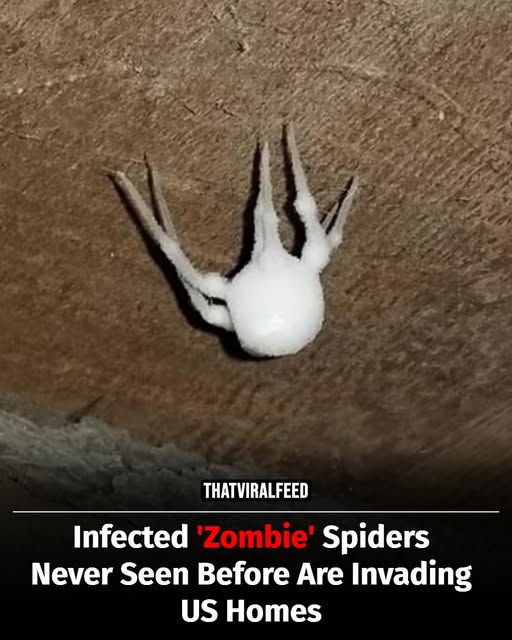Earlier this year, scientists reported the finding of a ‘novel species’ fungus called Gibellula attenboroughii after it began infecting ‘cave-dwelling, orb-weaving spiders’.
These spiders were found clinging to cave walls or ceilings, and the unsettling part lies in how G. attenboroughii manages to spread from one host to the next.
After that, a neurotoxin takes the spider’s life while antimicrobial chemicals preserve the body, leaving it intact long enough for the fungus to grow inside and feed on its nutrients.
Harry Evans, a researcher with the Center for Agriculture and Bioscience International who studied the phenomenon, explained more about the chilling process.

Evans further explained: “Their fungi role in spider-population dynamics warrants further study, as does the metabolites they produce which enable them to exploit such a highly specific ecological niche.”
Researchers emphasized that while the fungus is alarming, it poses no danger to people. That hasn’t stopped it from appearing inside homes across the US, raising concern among residents.
But what exactly does one of these ‘zombie’ spiders look like up close?
Photographer Ben Mitchell described his first encounter with the species to the WSJ, saying he came across it in Scotland during July 2024.

While their appearance is unsettling, scientists believe this fungus could also have a silver lining. Lead researcher Evans suggested that the compounds produced by the fungus may act as a ‘medical treasure chest’, possibly leading to future breakthroughs such as new antibiotics or other valuable treatments.




